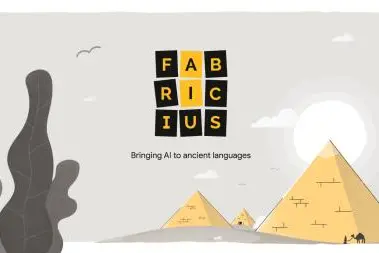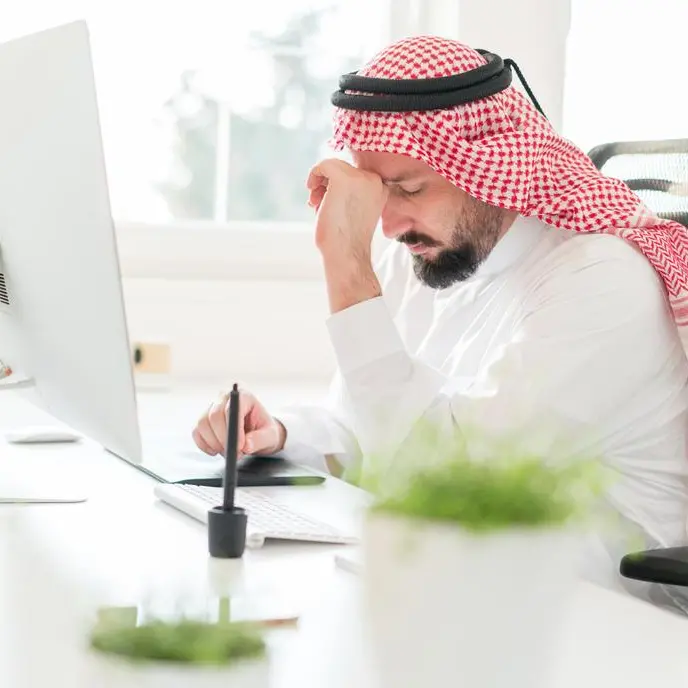PHOTO
Dubai: Google announced today the launch of a new machine learning tool that can help decode Egyptian hieroglyphs in Arabic and English. The tool, called Fabricius, will provide people around the world with an interactive experience to learn about hieroglyphs, while facilitating the work of Egyptologists and raising awareness about the history, heritage of the ancient Egyptian civilization.
Fabricius can be found on the free Google Arts & Culture app that makes the art, heritage and cultural wonders of over 2000 cultural institutions from around the world more accessible. Everyone can experience these treasures through technologies such as Virtual or Augmented Reality, high resolution imagery, Street View and much more.
Through machine learning Fabricius will help speed up the process of collating, cataloguing and understanding ancient hieroglyphs. The “work” section of the tool currently allows translation of hieroglyphs into English, while Arabic translation will be available soon. It also provides an opportunity for people to learn about, write and share their own messages using hieroglyphs. Culture-lovers will also be able to browse through a dedicated online page on Google Arts & Culture highlighting pharaonic culture, including King Tutankhamun, the Pyramids of Giza and the Book of the Dead.
“We are very excited to be launching this new tool that can make it easier to access and learn about the rich culture of Ancient Egypt. For over a decade, Google has been capturing imagery of cultural and historical landmarks across the region, from Egypt, the UAE, Lebanon, Palestine, Tunisia and more, while making it available on Maps, Street View and Google Arts & Culture.’ said Chance Coughenour, Head of Preservation at Google Arts and Culture. “Together with our partners, we remain committed to promoting the rich history and heritage of the region, and to make it accessible to everyone.” he added.
Since 2013, Google has digitized rich imagery of over 20 historical landmarks and sites, including the Pyramids of Giza in Egypt, Petra in Jordan, Sheikh Zayed Grand mosque in the United Arab Emirates, Baalbeck & the Temple of Jupiter in Lebanon and the Amphitheatre of El Jem in Tunisia and more. Google has also added digital exhibitions of Palmyra and the Ummayed mosque in Syria which can be found on the Arts & Culture website and app.
Fabricius was created in collaboration with the Australian Center for Egyptology at the Macquarie University in Australia, Psycle Interactive, Ubisoft and Egyptologists around the world.
© Press Release 2020
Disclaimer: The contents of this press release was provided from an external third party provider. This website is not responsible for, and does not control, such external content. This content is provided on an “as is” and “as available” basis and has not been edited in any way. Neither this website nor our affiliates guarantee the accuracy of or endorse the views or opinions expressed in this press release.
The press release is provided for informational purposes only. The content does not provide tax, legal or investment advice or opinion regarding the suitability, value or profitability of any particular security, portfolio or investment strategy. Neither this website nor our affiliates shall be liable for any errors or inaccuracies in the content, or for any actions taken by you in reliance thereon. You expressly agree that your use of the information within this article is at your sole risk.
To the fullest extent permitted by applicable law, this website, its parent company, its subsidiaries, its affiliates and the respective shareholders, directors, officers, employees, agents, advertisers, content providers and licensors will not be liable (jointly or severally) to you for any direct, indirect, consequential, special, incidental, punitive or exemplary damages, including without limitation, lost profits, lost savings and lost revenues, whether in negligence, tort, contract or any other theory of liability, even if the parties have been advised of the possibility or could have foreseen any such damages.











